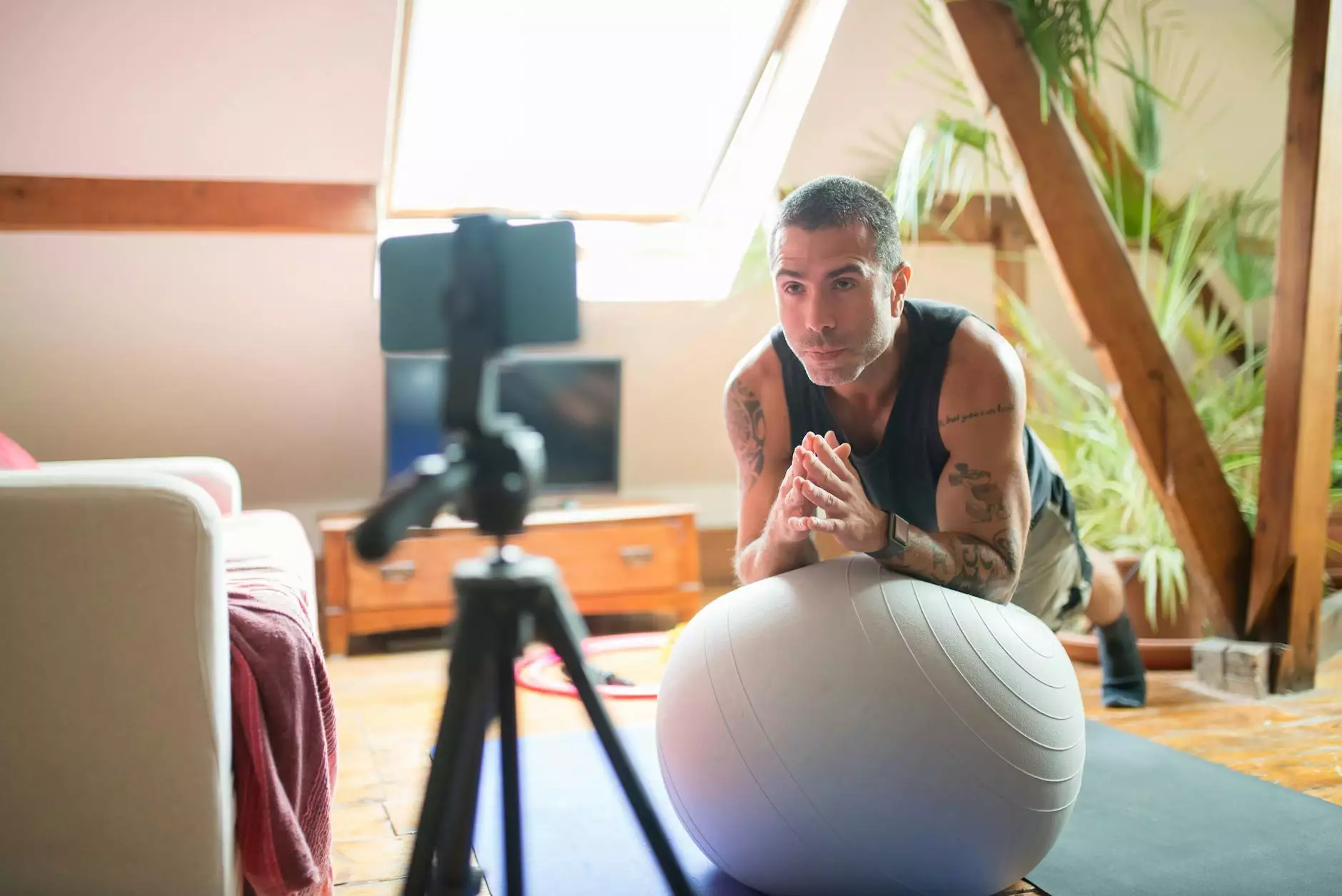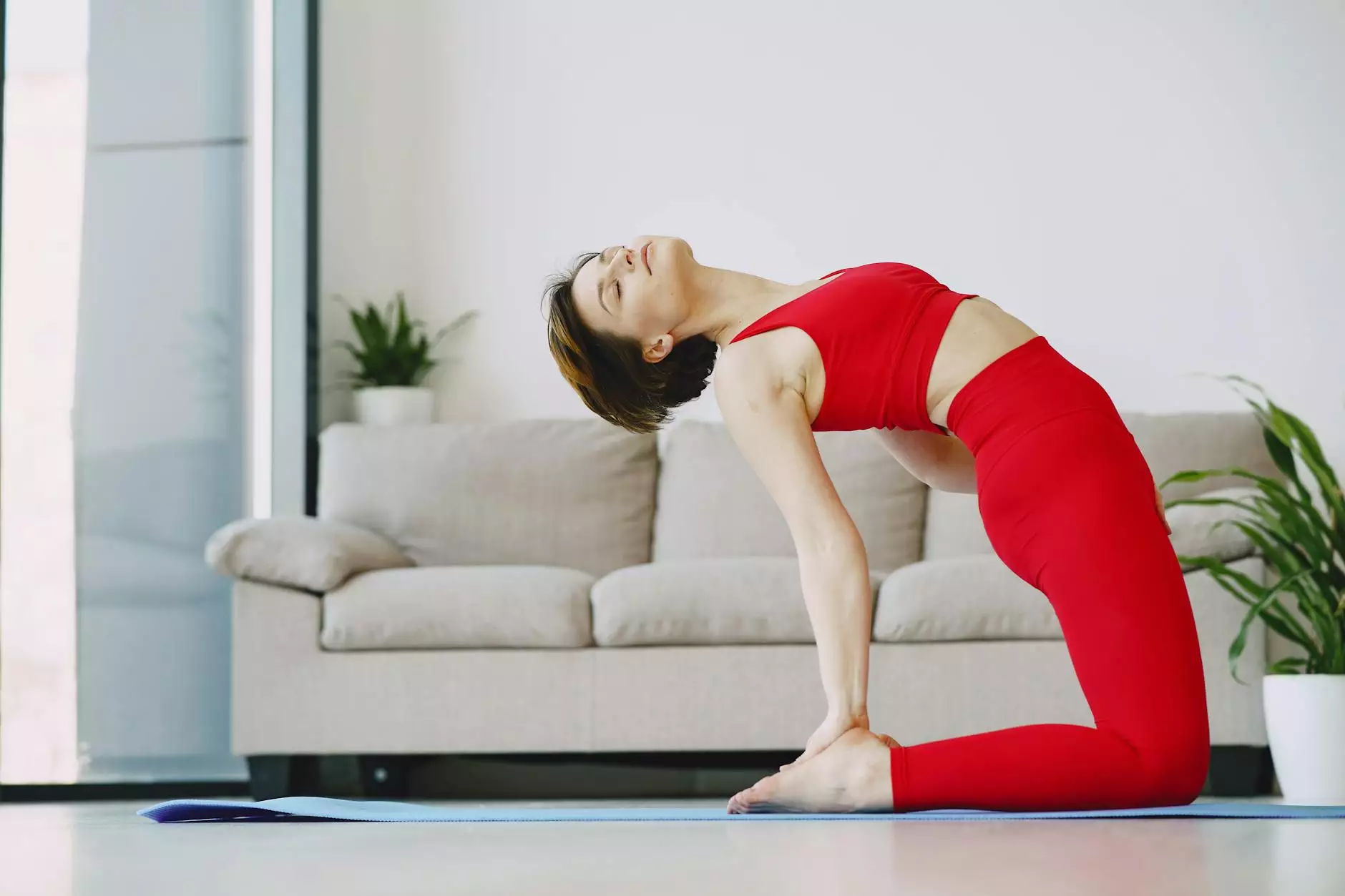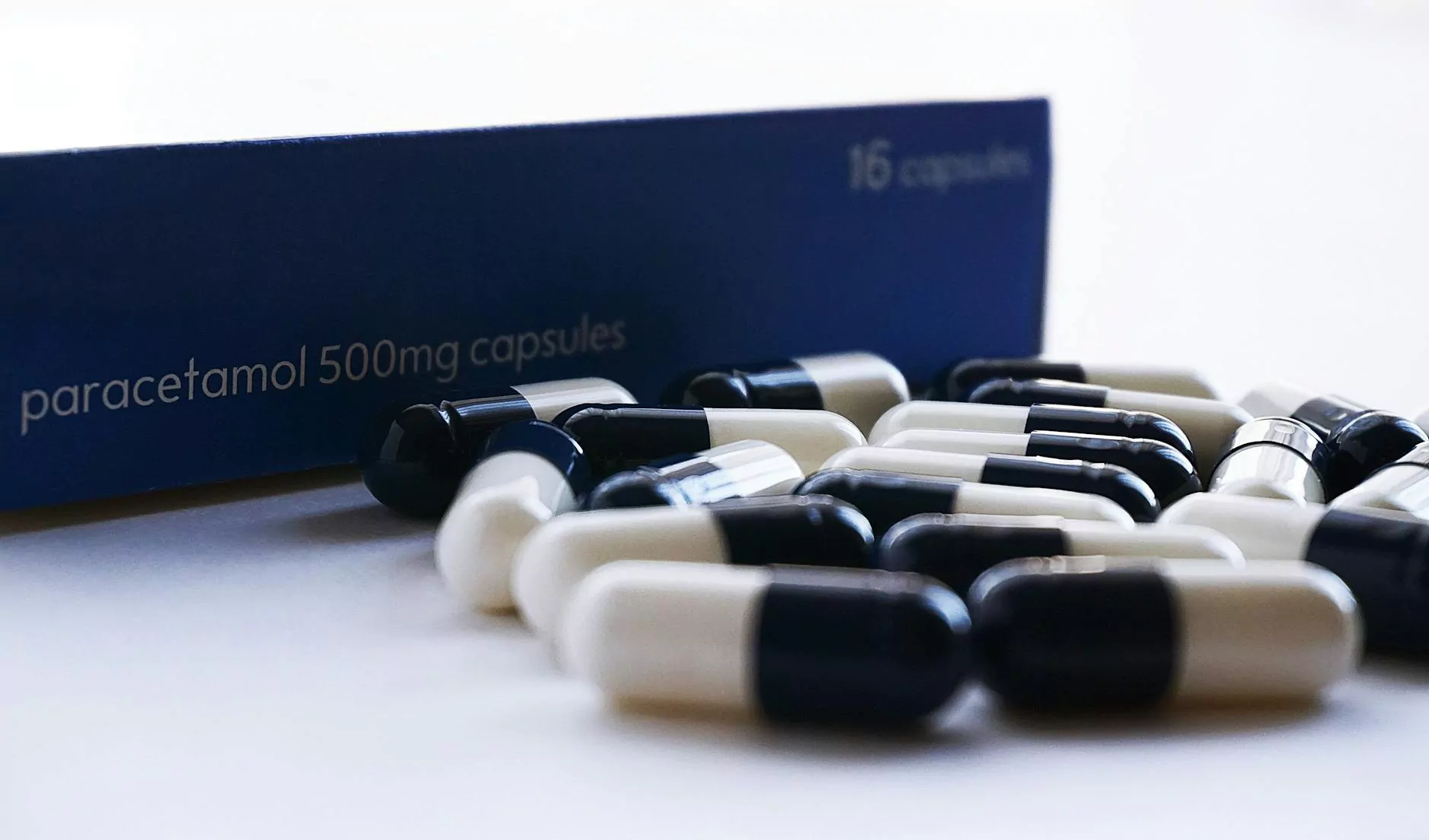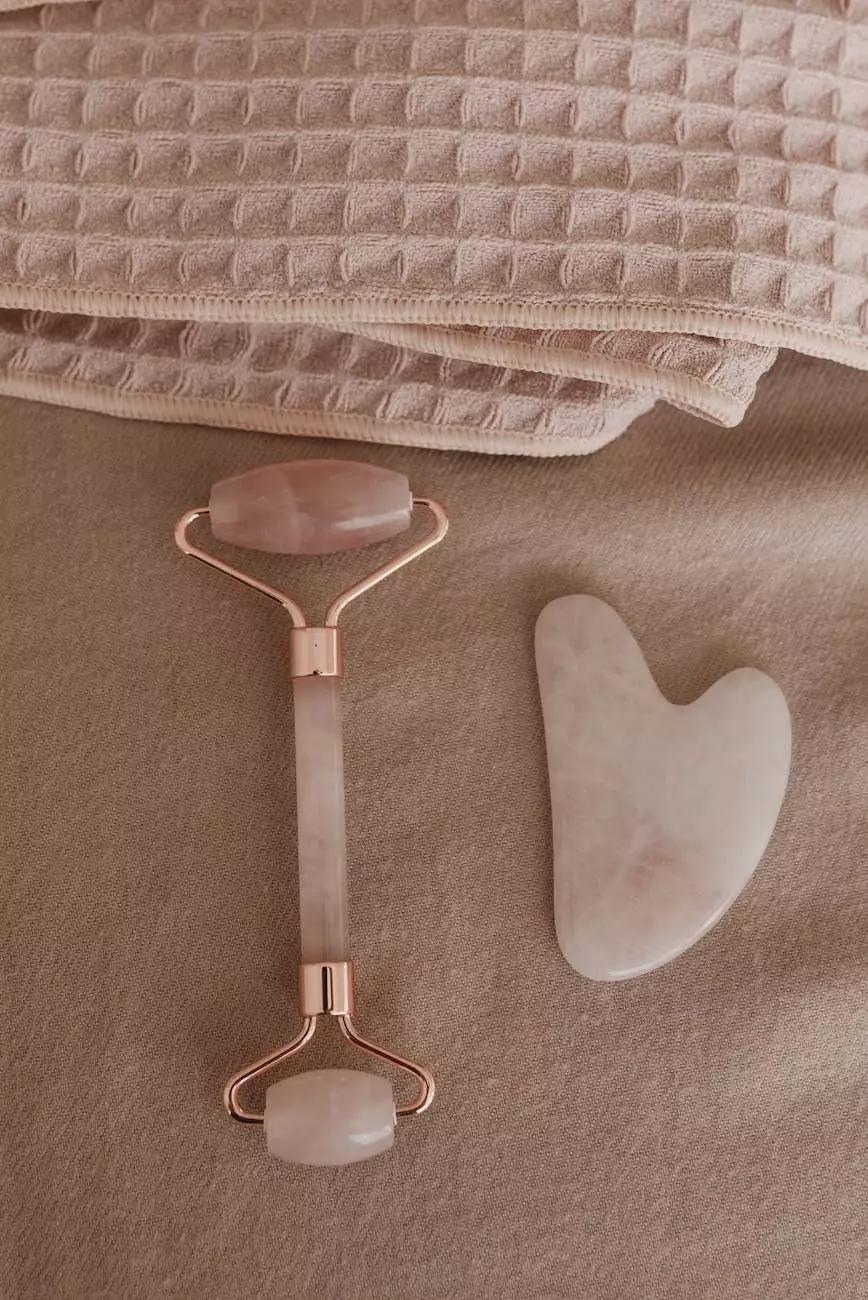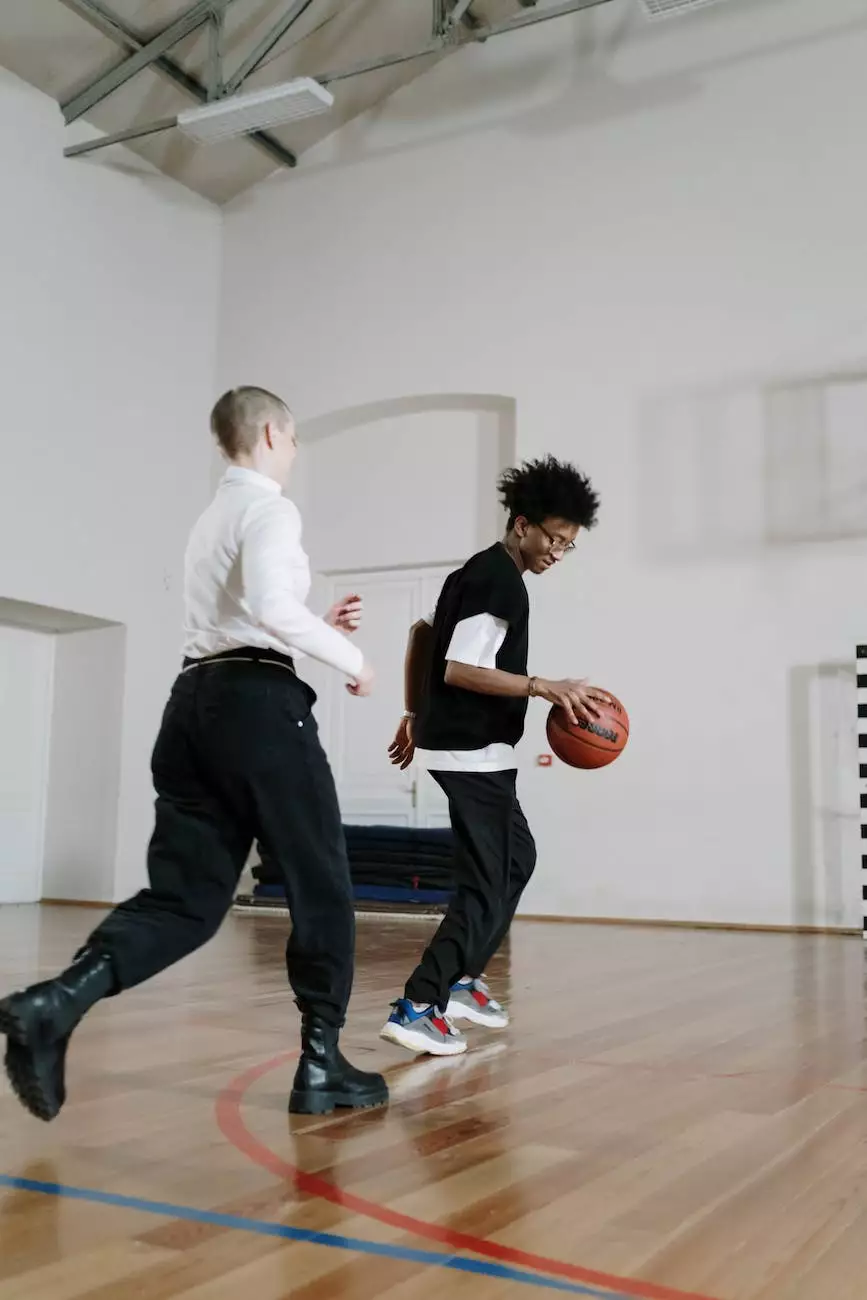3 Foam Roller Exercises You Need to Try
Blog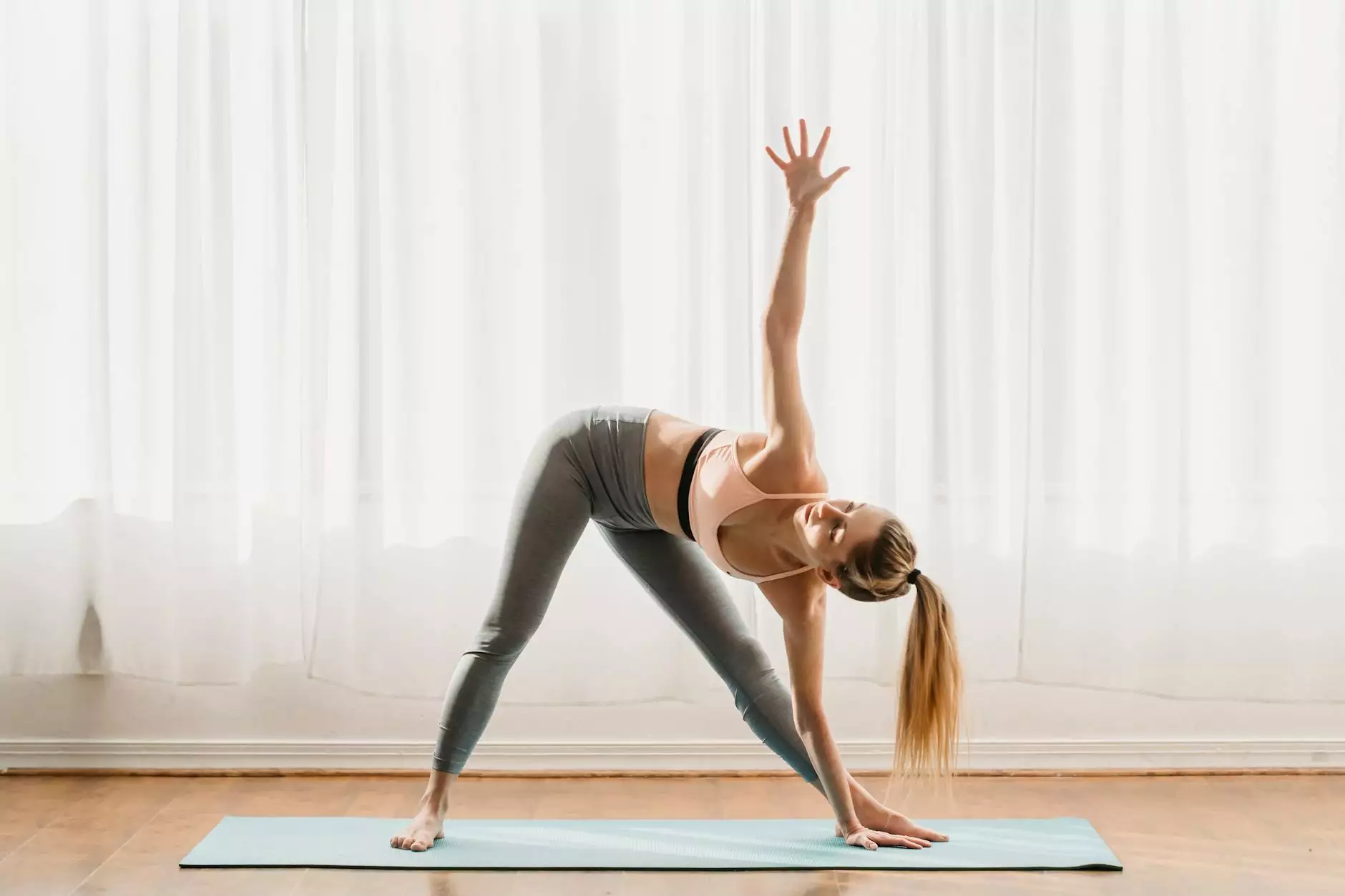
Why Foam Rolling is Important for Your Muscles
Foam rolling has gained significant popularity in the fitness world due to its numerous benefits for the muscles and overall physical well-being. This powerful self-myofascial release technique aids in reducing muscle soreness, improving flexibility, and enhancing muscle recovery. At Phoenix Medical Services, we understand the importance of incorporating foam roller exercises into your fitness routine to achieve optimal results.
The Basics of Foam Rolling
Before exploring the three foam roller exercises you need to try, let's familiarize ourselves with the basic principles behind foam rolling. The foam roller is a versatile piece of equipment made from foam that allows you to apply pressure to specific muscle groups. Applying this pressure helps release tension and knots within the muscles and connective tissues, promoting better circulation and range of motion.
1. Quadriceps Release
The quadriceps are one of the largest muscle groups in the body and are prone to tightness and tension, especially for individuals with sedentary lifestyles or those who engage in intense physical activities. To perform this foam roller exercise:
- Place the foam roller on the ground.
- Lie on your stomach, supporting yourself with your forearms.
- Position the top of your thighs on the foam roller.
- Roll slowly from the top of your thighs down to just above your knees.
- Pause on any tender spots and apply gentle pressure for 15-30 seconds.
- Repeat the rolling motion for 5-10 minutes.
2. Thoracic Spine Release
Sedentary lifestyles and poor posture often lead to upper back and neck pain. The thoracic spine release using a foam roller can alleviate tension, improve posture, and reduce discomfort. Follow these steps:
- Place the foam roller on the ground.
- Lie on your back with the foam roller positioned beneath your upper back.
- Place your hands behind your head or cross them over your chest.
- Lift your hips off the floor and use your legs to roll back and forth, focusing on your upper back region.
- Pause on any tight areas and hold for 15-30 seconds.
- Continue rolling for 5-10 minutes.
3. IT Band Release
The IT band, or iliotibial band, is a fibrous band of tissue that runs along the outside of the thigh. IT band tightness is a common cause of knee and hip pain. With this foam roller exercise, you can effectively release tension and enhance mobility:
- Place the foam roller on the ground.
- Lie on your side with the foam roller positioned under your hip.
- Support your upper body with your forearm and bring your top leg slightly forward for balance.
- Begin rolling from your hip down to just above your knee.
- Pause on any sensitive spots and apply gentle pressure.
- Roll back and forth for 5-10 minutes, ensuring both sides are equally treated.
Conclusion
Incorporating these three foam roller exercises into your fitness routine can significantly enhance your muscle flexibility, reduce muscle soreness, and improve overall mobility. The team at Phoenix Medical Services understands the importance of incorporating self-care techniques such as foam rolling to optimize your physical well-being. Remember to consult with a healthcare professional or licensed trainer before starting any new exercise program.


